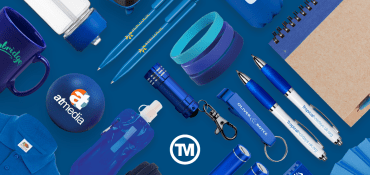It’s 2018, and Mark Zuckerberg announced at the beginning of this year that one of Facebook’s big focus areas for 2018 is “making sure the time we all spend on Facebook is time well spent”. How did he plan to do this, exactly, when millennials scroll the equivalent distance of a marathon through their newsfeeds every day (just a slight exaggeration)? He’s put “friends and family at the core of the experience … [because] strengthening our relationships improves our well-being and happiness”. Here’s the bad news: you’re a business, not a friend or family member, so it is inevitable that your content and posts will be displayed less in your followers’ newsfeeds.
Did you think we were going to follow this up with good news? Oops, sorry. As Facebook is the – not one of, the – largest social media network in the entire world, it is essential to understand Facebook’s algorithm and how to utilise it for the success of your marketing strategies. Lucky for us, Facebook gave us several hints in their announcement and press release about how we can continue to drive organic growth with the new algorithm.
How will Facebook now rank the posts in the newsfeed?
1) Comments
The main purpose of Zuckerberg’s new algorithm is to “encourage meaningful social interactions”. In this sense, businesses will want to engage in conversations as much as possible with other Facebook users in order to generate these interactions. Zuckerberg wrote: “Pages making posts that people generally don’t react to or comment on could see the biggest decreases in distribution”. As such, a keynote is to ensure that you are including questions and call-to-actions in your posts, or writing relevant, timely content that will spark a conversation between followers. Call-to-actions such as “Tag a friend who…” is a particularly popular trend in the moment that we are seeing at the top of a lot of users’ newsfeeds.
2) Reactions
Reactions are now prioritised over likes. For years there was speculation over whether or not Facebook would add a ‘dislike’ button; instead of one button, they’ve added 5: love, haha, wow, sad, and angry. As it takes longer for a user to ‘react’ rather than ‘like’ a post, Facebook interprets this as higher engagement or interest in the content, boosting your content further up into the newsfeed. It’s important to note that all reactions are weighted equally, whether it is a ‘love’ or a ‘wow’, so as long as your content is engaging enough to elicit a reaction more than a like, it should be boosted in the news feed.
Part 2 of this series will be out later this week!



































